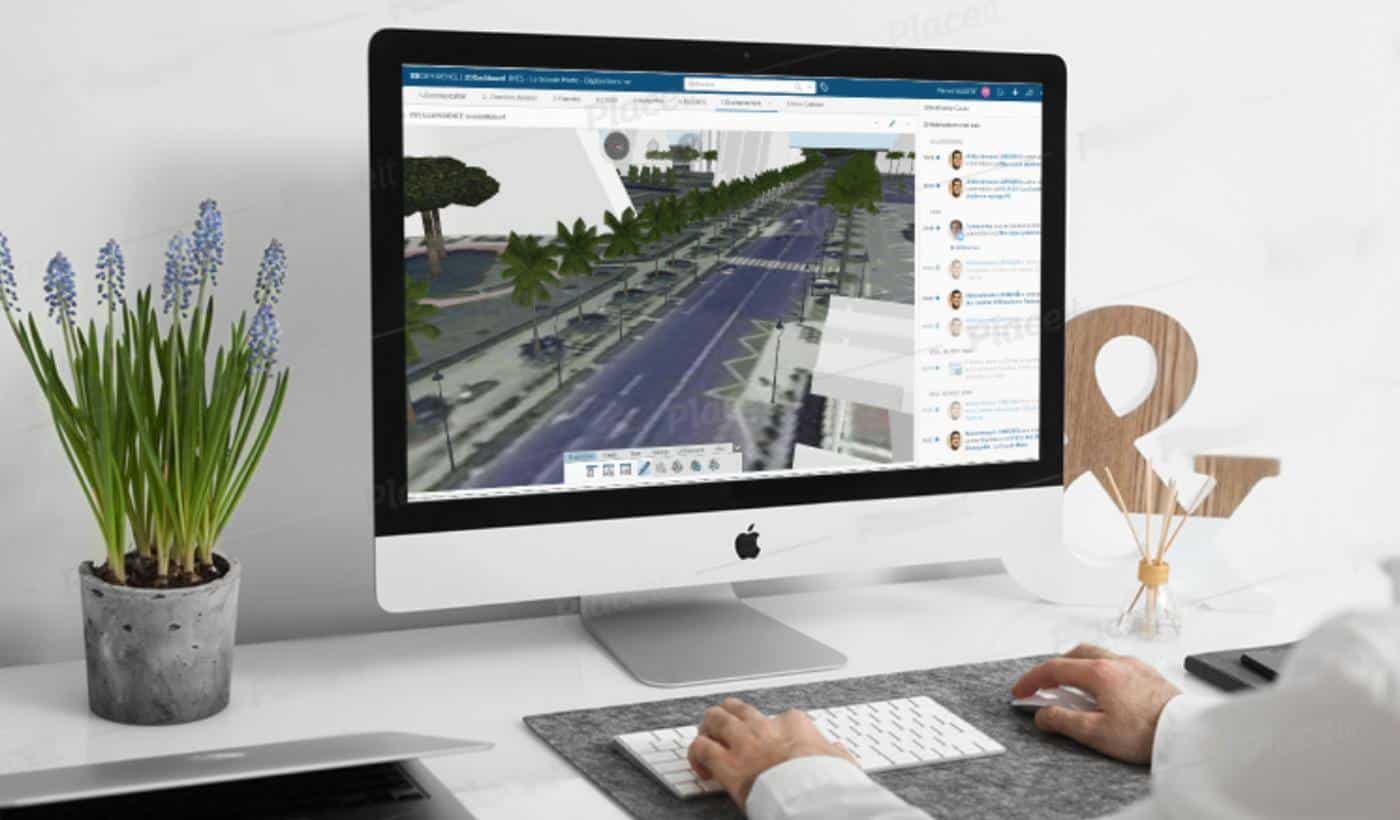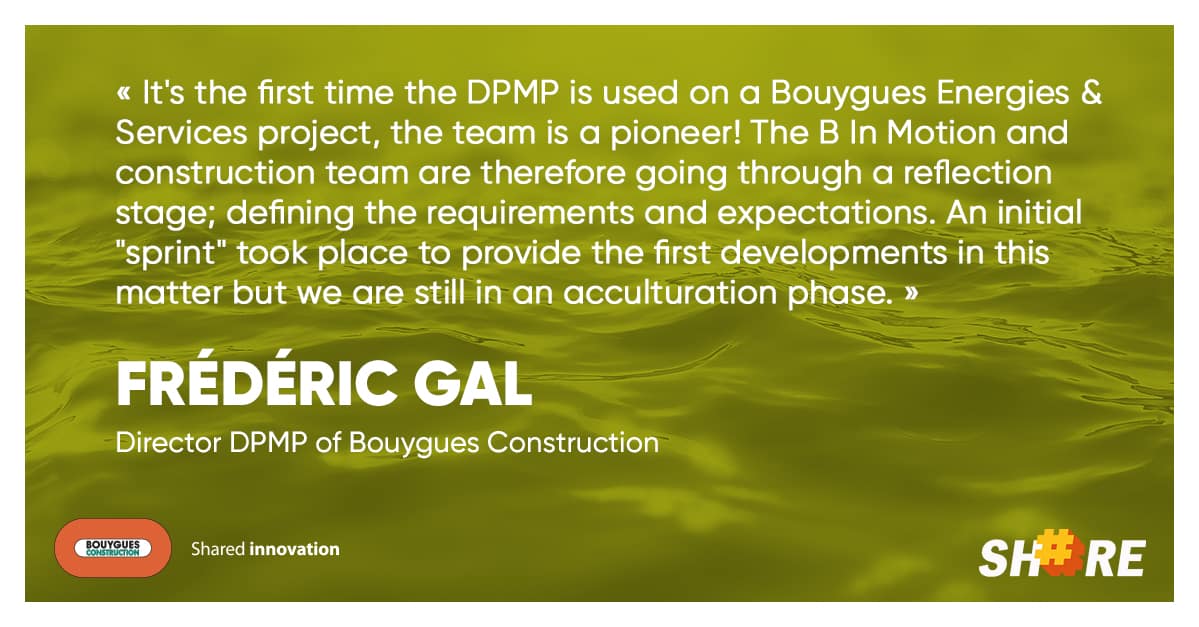
Creating a town’s digital twin, using the digital management platform
2 minutes of reading
The Digital Management Platform (DPMP) has already been tested on BBFE and BBI projects as part of research into added values to business lines, but it is the first time it is used for a Bouygues Energies & Services project. We talked to Pierre Fougère, project manager for the Grande Motte project.

La Grande Motte is modernising its public lighting system and Bouygues Energies & Services, in consortium with Bondon SAS, are in charge the operation. The project sets out an ambitious programme in support of sustainable development and goes well beyond mere renovation of the lighting system. For Bouygues Energies & Services, the project will combine all of its expertise in service to the community. In short, it is a perfect opportunity for testing out all the DPMP’s potential applications.
“The various facets of the project involve lots of digital tools and applications” Pierre Fougère explains. The idea was to centralise everything on a single, mobile-accessible platform, to bring together all our tools and communication around the project, with access to all our applications via a single portal“. The platform thus serves as a collaborative space shared between the Bouygues Energies & Services project team. And soon, all the stakeholders can be added to it: the Bondon SAS partner, the suppliers and the client (the town council) will also be able to access it and can consult our requirements and the project’s progress via the tool”.
Another advantage of the DPMP is that all the project’s assets are kept there and benefit everyone: the centralisation of communication allows for much more efficient document management. “No more scattered emails that prevent us from capitalising on past knowledge and experience gained on the project. If you need to understand why a certain choice was made several months or years ago, you just have to look at the history”. A lean management table, a tagging and notification system and a search engine complement the application, which is being used more like a dashboard at the moment.
“But eventually, the platform may become a hypervisor to monitor management, providing the client with a computerized maintenance management system (CMMS) for the lighting system. We will have very efficient data processing using graphical representations of data from the various web services: consumption monitoring, alerts, maintenance, carbon issues… That’s the objective!” Pierre Fougère adds. The tool should ensure effective project monitoring, reduce both the margin of error and limit time loss. It will also be scalable and adapt throughout the project, even if requirements change. Finally, it will serve as an external communication tool in the future: using the 3D model, clients and final users will be able to look ahead and understand the project’s full value”.


More reading
Read also




What lies ahead? 7 megatrends and their influence on construction, real estate and urban development
Article
20 minutes of reading

